Livestock farming is one of the activities with relatively high greenhouse gas emissions . In order to reduce the rate of greenhouse gas emissions , many solutions have been applied by functional agencies and farmers . However , to achieve the best results , farmers must be more proactive and aware of this issue .
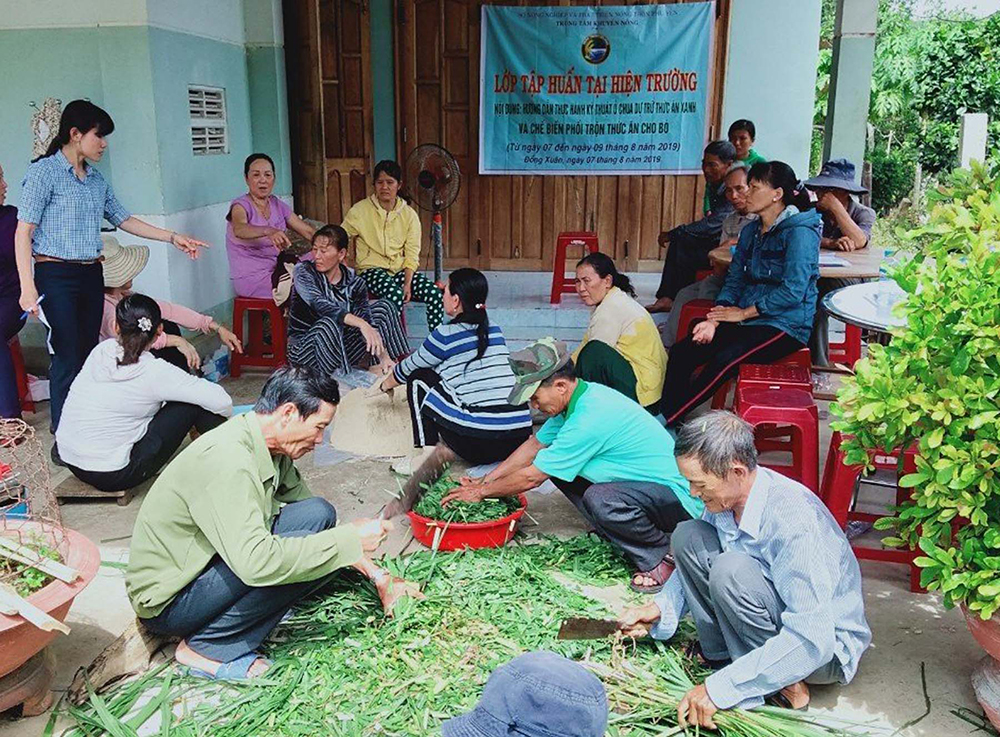 |
| Farmers in La Hai town (Dong Xuan district) practice silage of grass and agricultural by-products as feed for cows at a training course organized by the provincial Agricultural Extension Center. Photo: Contributor |
Greenhouse gas emissions
Greenhouse gas emissions from livestock farming have two main sources: methane (CH4) from the rumen of ruminants and CH4, N2O from animal manure. In 2022, the Ministry of Natural Resources and Environment announced a list of emission factors for greenhouse gas inventory. Accordingly, among animals that emit methane from the rumen, dairy cows emit the most, about 78 kg of CH4/head/year, buffaloes about 76 kg of CH4/head/year, beef cattle 54 kg of CH4/head/year, horses 18 kg of CH4/head/year, goats 5 kg of CH4/head/year, and pigs 1 kg of CH4/head/year. In addition, each year 1 pig (average weight of about 90 kg) also emits about 438 kg of CO2.
With a total herd of about 164,000 buffaloes and cows, 148,000 pigs and about 4.5 million poultry as present, the average annual emissions into the environment are about 10 million kg of CH4 and 65 million kg of CO2. In addition, each adult cow will discharge about 14 kg of manure/day; pigs discharge 2.7 kg of manure and 20 liters of wastewater, equivalent to about 900,000 tons of waste and about 1 billion liters of wastewater discharged into the environment each year. These are numbers worth pondering but most livestock farmers do not know about them.
According to Mr. Nam Tinh, the owner of a pig farm in Hoa Quang Bac commune (Phu Hoa district), his family's pig farm has been operating for many years, each year he raises two batches, each batch of about 500 pigs. He also focuses on treating livestock waste to ensure the farm environment and limit animal diseases. However, he has never calculated the amount of waste, wastewater, and emissions released into the environment.
Many practical models
To reduce greenhouse gas emissions from livestock, recently, the provincial Department of Agriculture has implemented many solutions to reduce methane from the rumen of buffaloes and cows by adjusting feed or implementing solutions to treat livestock waste to reduce emissions into the environment...
According to the provincial Agricultural Extension Center, the greenhouse gas emitted in livestock farming is mostly methane. To reduce the amount of methane emitted in livestock farming, especially in cattle and buffalo farming, it is necessary to change the feed, prioritize the use of green silage to inhibit the activity of methane-producing bacteria in the rumen and effectively treat waste from livestock farming.
To implement this, from 2021 to present, the Provincial Agricultural Extension Center has organized 25 training courses for 715 farmers on techniques for processing, storing green roughage and mixing feed for cows; opened 11 training courses for 314 farmers on methods of composting, using manure and by-products in agriculture. Thereby helping hundreds of farmers grasp the techniques of fermenting agricultural by-products for cow feed, treating livestock waste into organic fertilizers..., contributing to promoting the implementation of solutions to reduce greenhouse gas emissions in livestock farming.
According to the center, all training courses are organized with on-site training methods so that people can both acquire theoretical knowledge and apply it right on the field. This helps people master it so that they can immediately apply it to their daily livestock farming at home.
Mr. Nguyen Trong Hung in La Hai town (Dong Xuan district) said: After attending a training course on processing techniques, storing green roughage and mixing feed for cows organized by the Provincial Agricultural Extension Center, I have mastered the techniques of mixing and fermenting feed to make feed for cows. Thanks to that, for many years, all agricultural by-products such as corn stalks, sugarcane, cassava, etc. or fresh grass have been processed and fermented by my family to make feed for cows. Cows that eat fermented feed find it easier to digest and develop better.
According to many cattle farmers in Xuan Tho 2 Commune (Song Cau Town), many livestock households in this locality have practiced waste recycling thanks to the solution of turning livestock waste into organic fertilizer. The entire technique of treating waste and agricultural by-products into organic fertilizer has been instructed by the Provincial Agricultural Extension Center at the training course on Methods of composting and using manure and by-products in agriculture.
Ms. Tran Thi Hanh in Song Cau Town said: This not only helps solve the problem of waste from livestock farming but also helps us produce our own source of quality, cheap organic fertilizer for our family's crops, saving a lot of costs and contributing to environmental protection.
Mr. Nguyen Van Lam, Head of the Provincial Department of Animal Husbandry and Veterinary Medicine, said: Along with the efforts of the authorities, livestock breeders must raise awareness of the issue of harmonizing the interests between livestock breeding and environmental protection. Livestock breeders must proactively and actively apply traditional techniques and scientific advances to process by-products and waste in the production process into useful values, contributing to environmental protection and regeneration.
| According to the Department of Agriculture and Rural Development, Phu Yen continues to implement the Livestock Development Strategy in the province for the period 2021-2030, restructuring the agricultural sector in the field of livestock and veterinary medicine in the province for the period 2021-2025 and orientation to 2030; developing livestock in concentrated livestock areas towards modernity, industrial scale, environmental protection, adaptation to climate change; at the same time, maintaining the development of household livestock farming applying science and technology, biosafety, minimizing environmental pollution. |
Narcissus
Source: https://baophuyen.vn/82/319598/no-luc-giam-phat-thai-khi-nha-kinh-tu-chan-nuoi.html


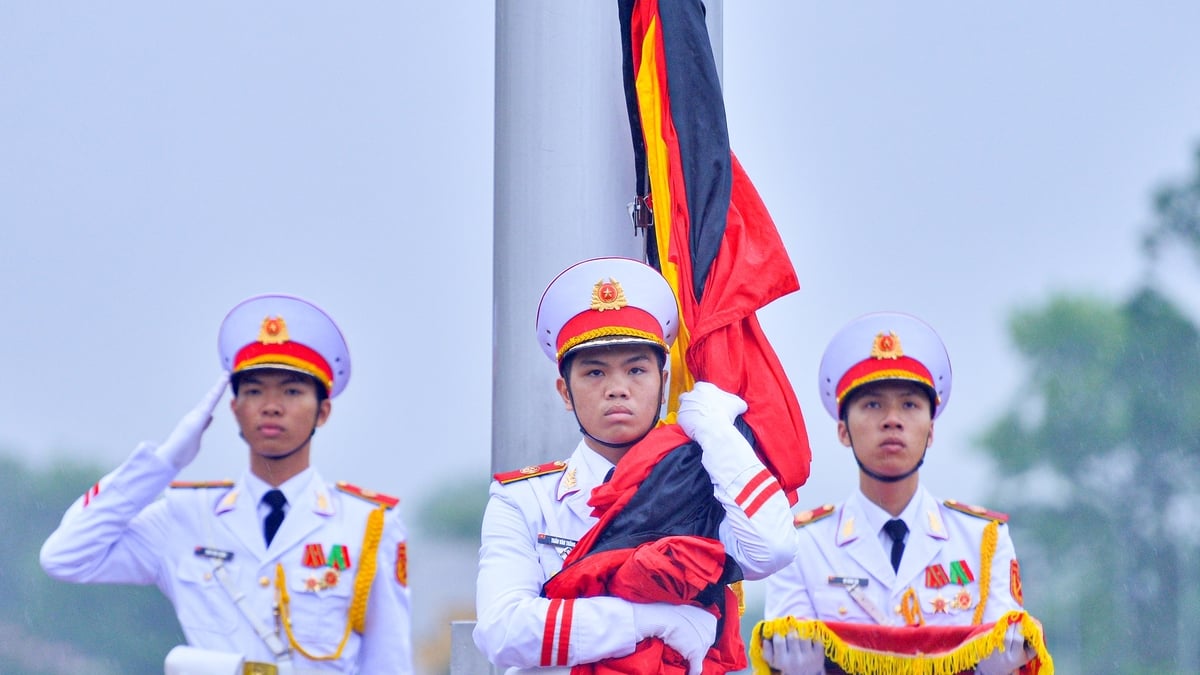


![[Photo] Party and State leaders visit former President Tran Duc Luong](https://vphoto.vietnam.vn/thumb/1200x675/vietnam/resource/IMAGE/2025/5/24/960db9b19102400e8df68d5a6caadcf6)
























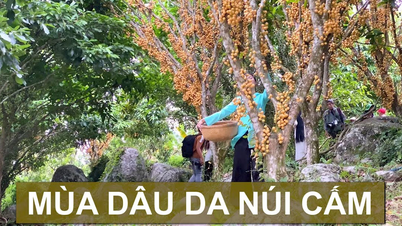
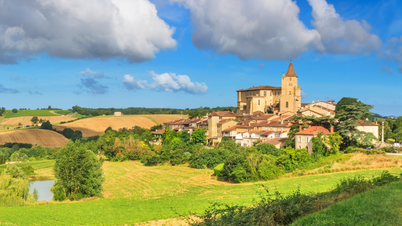
![[Photo] Anh Hoang - Dinh Duc successfully defended the men's doubles championship of the National Table Tennis Championship of Nhan Dan Newspaper](https://vphoto.vietnam.vn/thumb/1200x675/vietnam/resource/IMAGE/2025/5/23/d6ab3bcac02c49928b38c729d795cac6)




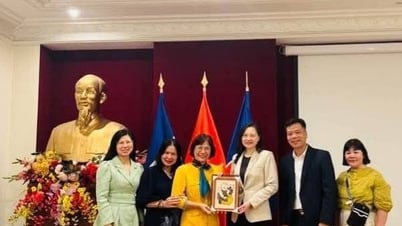

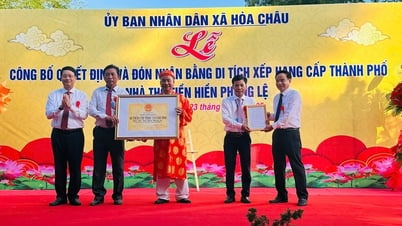






































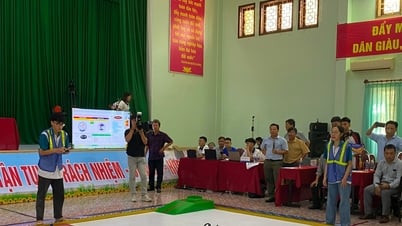

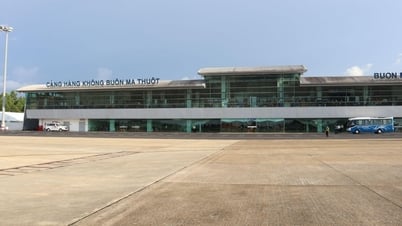







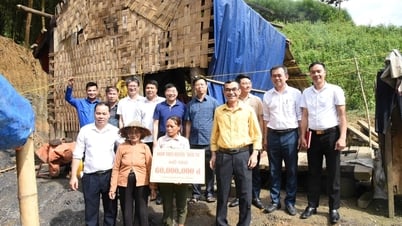













Comment (0)